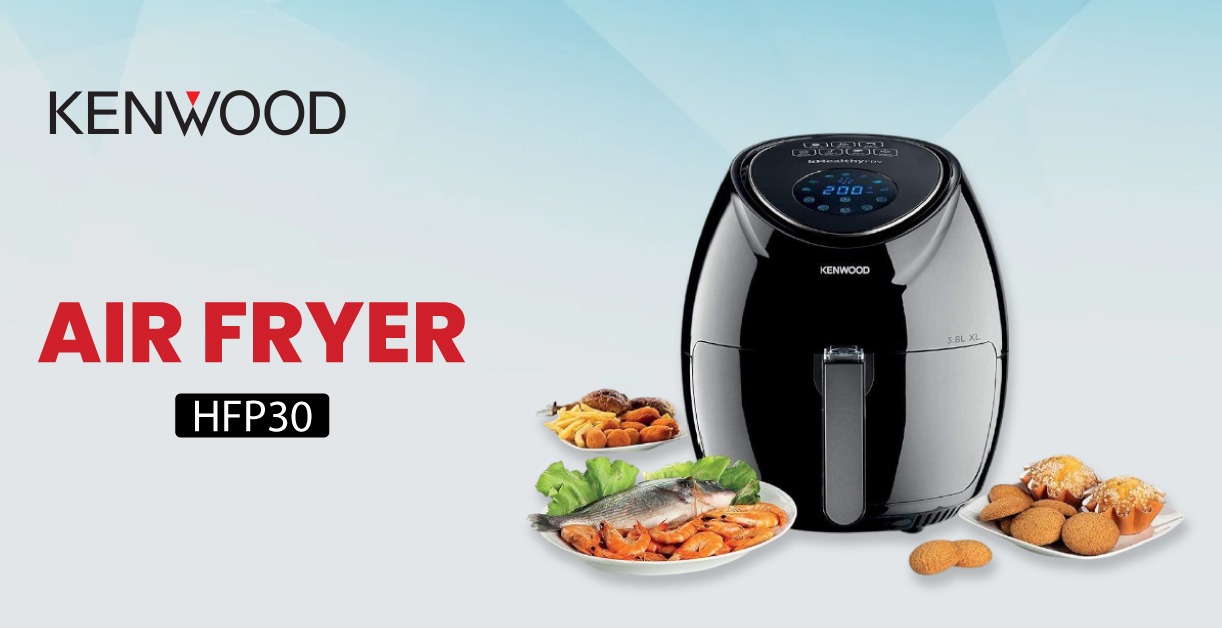Juicer and blenders are used in daily cooking routines. I used them twice in a week. When I wake up in the morning, I often start my day with the fresh fruit juice that is full with nutrition. I made this juice in my blender. To get vitamins and energy for the whole day it’s a quick process. To make my smoothies or juices weather they are made from green leafy vegetables and fruits, I use juicer and blender that plays an important role in making my breakfast healthy.
While using juicer and blender I prepared snacks and meals, throughout the week.For making lunch like soups, sauces, and mixtures juicer and blenders now become essential products in my life. They are versatile and regularly used base cooking appliance.
Tips for selecting the right juicer or blender for someone’s kitchen:
When selecting the best small kitchen appliance, there are a couple of factors to consider. Identifying your unique requirements and preferences should come first. By knowing your requirements your selection will become easy for you.
Types of juicers and blenders:
There are various types of juicers and blenders. These are as:
Portable juicers:
This portable juicer is the perfect kitchen appliance when travelling. It is portable and strong enough to juice and combine wherever. With its premium blades, it cuts fruits and veggies into nutrient-dense drinks swiftly and effectively. In just a few minutes, savor fresh juices and smoothies.
A large number of citrus fruits (e.g. oranges, mandarins, tangerines, grapefruits, grapefruit, limes, lemons) and some vegetables (e.g. tomatoes) are easy to juice.
Electric juicer:
Electric centrifuges are the ideal one-step process for extracting cell lysates from most fruits and vegetables. Suitable tissues include tubers, pumpkins, leaf tissue, fruits and pods. It is one of the few extraction methods that can produce cell-free extracts without the need for additional extraction solutions.
Centrifugal juicers
Centrifugal juicers contain a high-speed rotating blade that grinds fruit and vegetables into pulp. The centrifugal force generated by the rotating blade separates the juice from the pulp, the solids are sorted into a separate container and the juice is filtered through the outlet.
Cold press juicers:
Juicers are very popular as these machines juice fruits and vegetables by pressing and grinding them. These juicers do not produce any heat during the juicing process and hence are also known as ‘cold press juicers’.
Blender Power and Speed:
Take into account the speed and motor power settings when using blenders. Blenders with higher wattages are typically more potent and capable of processing harder components like ice and frozen fruits. Smoothies, soups, and sauces may all be made with more control over the smoothness of the blend thanks to variable speed settings.
Capacity and Size:
Select a juicer or blender with the right capacity based on how much juice or smoothie you plan to make at once. Choose a type that is small and fits neatly in your kitchen if you have limited counter space.
Ease of Cleaning:
To keep your juicer or blender clean and extend its life, make sure to clean it after each use. Seek for dishwasher-safe or easily hand-cleanable ones with detachable pieces. To make the process even more convenient, several juicers and blenders include brushes or other cleaning supplies.
Durability and Warranty:
Invest in a long-lasting juicer or blender constructed of premium materials. Examine user feedback and rankings to determine how dependable and long-lasting certain models are. For more piece of mind, search for products that are warranty-backed.
Budget Considerations:
When buying a juicer or blender, decide on a budget and look at products that fit within that range. There are several reasonably priced models that function well, even though higher-end models might have more features and capabilities.
You may make an informed choice and choose the juicer that suits your tastes and nutritional needs by being aware of the features and attributes of each type of juicer.
Clean and maintain your juicer or blender:
For maximum durability and performance, it’s imperative to clean and maintain your juicer or blender. Here’s how I usually keep my blender or juicer clean and in working order:
Immediate Rinse
To get rid of any remaining pulp, juice, or residue, I rinse the detachable components of my juicer or blender with warm water after every use. This avoids accumulation and facilitates subsequent cleaning.
Disassembly:
I carefully take apart my juicer or blender, taking apart the parts that are meant to be removed, like the blade, pitcher, cover, and filter (if any). This enables me to completely clean every item and get to any crevices where food residue might collect.
Hand Washing:
I use a soft sponge or brush and mild dish soap to manually clean the removable parts of my blender or juicer. I keep an eye for any cracks or grooves where food particles could get lodged. I soak the pieces in warm, soapy water and then scrub them clean to get rid of stubborn stains or residue.
Cleaning Brush:
Certain juicers and blenders include cleaning brushes or other accessories made especially to get into corners and holes. I swear to complete cleaning by using these brushes to scrape spots that are difficult to reach.
Dishwasher Safe Parts:
I run my juicer or blender’s removable parts through the dishwasher to give them a deeper clean if they are dishwasher safe. Yet I constantly consult the manufacturer’s guidelines to verify compatibility with my dishwasher and avoid any component damage.
Drying:
I use a fresh dish towel to gently dry the detachable components of my juicer or blender after cleaning, or I let them air dry entirely before putting them back together. We make sure, that every part is completely dry aids in the prevention of bacterial and mold growth.
Regular Maintenance:
I clean my juicer or blender after every use, but I also do routine maintenance to keep it in optimal working order. This involves checking for damages and wear on the appliance, such as dull blades or cracked seals, and taking quick care of any problems.
Lubrication:
To guarantee reliable operation and stop breakage I lubricate all moving parts in my juicer or blender according to the manufacturer’s recommendations, especially any gears or bearings.
This blog will help you to understand the importance and necessity of small appliances. Now the question arises: where you buy these appliances? The answer to this question is Lahore Centre, the hub of home appliances. Here you can find wide range of small and large kitchen appliances as well as home appliances. There is no need to come to the store for the selection of products. You can buy it via visiting our site: lahorecentre.com. Our service support team also serves you at this number: 0333 363 3637







